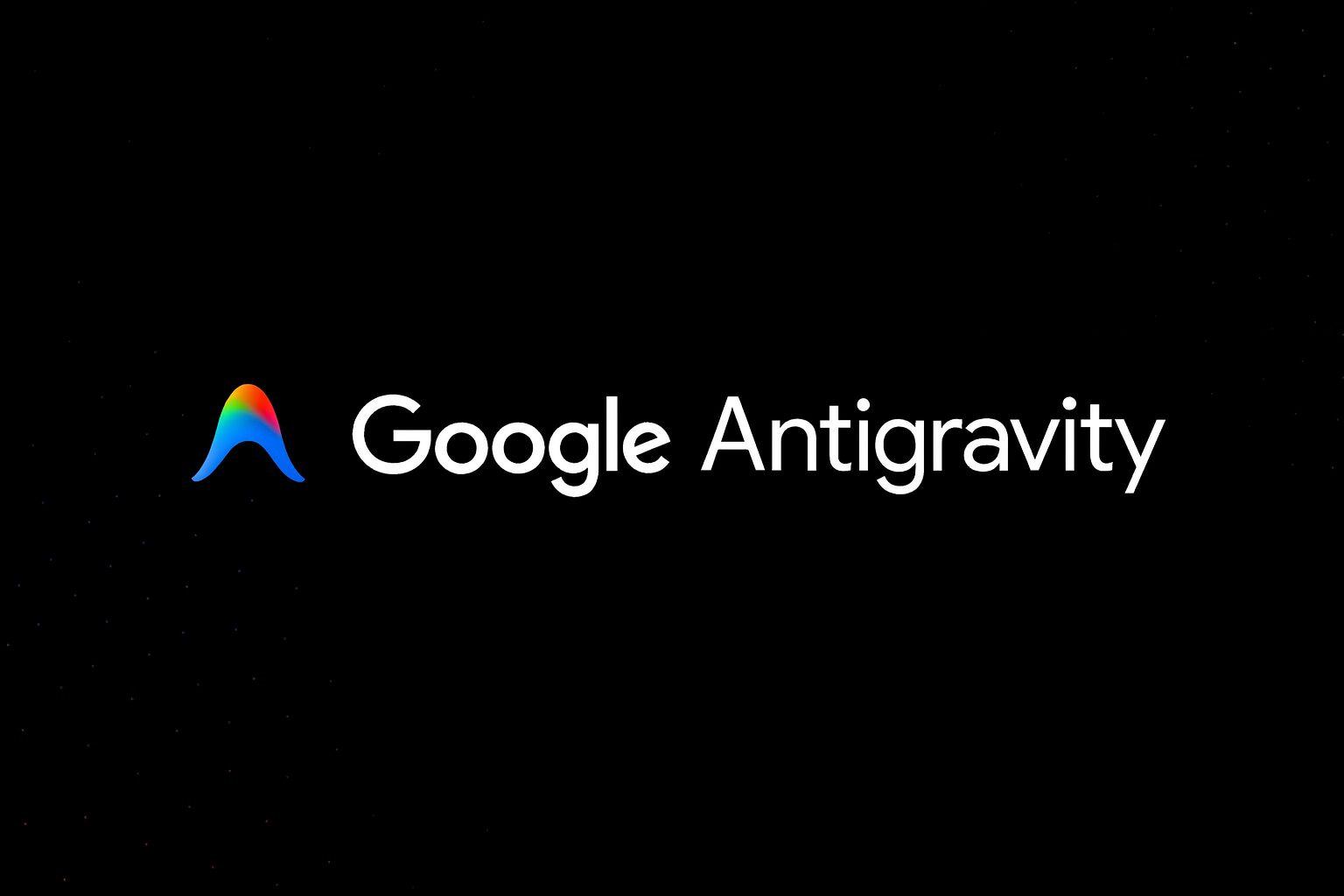Google Antigravity: What It Is, How It Works, and Why It Went Viral
A friend messaged me last month with one line:
Search Google antigravity and watch what happens.
I assumed it was another silly internet trick. Still, curiosity won. I searched it, hit enter, and suddenly the entire Google page floated, drifted, and behaved like someone turned off gravity. For a moment, I thought my browser had crashed.
Here’s the interesting part. Google Antigravity isn’t a real Google feature. It’s a fun, fan-made physics experiment built by independent developers. If you love browser magic, JavaScript quirks, or retro Google easter eggs, this one hits perfectly.
Quick Answer: What Is Google Antigravity?
Google Antigravity is a browser trick created by independent developers.
It uses JavaScript physics engines like Matter.js or Box2D to make Google’s interface float as if gravity were reversed. The script turns every DOM element into a physics object and applies a negative gravity force, making text, buttons, and icons drift across the screen.
Important: Google didn’t build this. These are fan-made experiments.
What Google Antigravity Actually Does
When you run the effect, the page breaks free from its usual structure:
- Icons float upward
- Buttons drift around
- Text behaves like weightless particles
- The UI becomes a playful physics simulation
Why it exists
Developers originally created it as part of the broader Google Gravity and Google Tricks movement. These projects explored how far JavaScript could push browser physics years before WebGL became common.
Common misconception
People often assume Google officially launched these effects.
The truth: Almost every version online is a JavaScript demo built by fans, not Google.
Tip
If one site doesn’t work, try another mirror. Dozens of copies exist because fans keep rebuilding it.
How Google Antigravity Works
A coder-friendly breakdown
Even though the effect looks chaotic, the logic is simple.
1. JavaScript physics engines simulate movement
Libraries such as Matter.js and Box2D handle collisions, velocity, boundaries, and gravity.
2. The script rewrites the DOM
Every page element becomes a physics object.
- Search bar → block
- Buttons → rectangles
- Text → tiny floating bodies
3. Antigravity is applied
Instead of a downward gravitational pull, the script assigns a negative gravity value, which pushes objects upward or sideways.
4. The browser renders movement in real time
This creates the floating, drifting effect you see.
Common mistake
Developers worry that physics scripts will slow the browser.
If optimized, these simulations are surprisingly lightweight.
Why Google Antigravity Went Viral
1. People love harmless chaos
Everyone enjoys the moment of panic when the page “breaks,” followed by relief that it’s just a trick.
2. Built for sharing
Screenshots and screen recordings get instant engagement because the effect looks impossible.
3. Nostalgia
It brings back classics like:
- Google Gravity
- Do a Barrel Roll
- Askew
- Zerg Rush
- Google Underwater
Tip
Mention “Google Antigravity” in social posts. People can’t resist testing it.
Is Google Antigravity Real Science?
Short answer
No. It’s a browser animation.
Long answer
The idea is inspired by real physics terms:
Zero gravity
No gravitational pull.
Antigravity
A hypothetical force that pushes objects upward, countering gravity.
Scientists study these concepts, but we haven’t created real antigravity in the physical world. The browser trick simply mimics what users imagine antigravity would look like.
Misconception
Some users think Google is experimenting with space-themed UIs.
Reality: This effect is nothing more than DOM manipulation through JavaScript.
How to Try Google Antigravity Yourself
Step 1: Search “Google Antigravity”
Pick one of the links that appears. Popular versions are named:
- “Google Antigravity”
- “I’m Feeling Antigravity”
Step 2: Interact with the floating UI
Move your mouse across the page.
Every element drifts away like you’re pushing clouds.
Step 3: Reset
Reload the page to restore the normal interface.
Step 4: Try related Google tricks
If you like this one, you’ll enjoy:
- Google Gravity
- Google Sphere
- Google Underwater
- Do a Barrel Roll
Tip
Use an updated browser. Older versions struggle with physics scripts.
Google Antigravity Checklist
For a smooth experience:
- Updated browser
- JavaScript enabled
- Stable internet
- Try more than one mirror site
- Reload to reset
- It’s completely safe
TLDR Summary
Google Antigravity is a fan-made JavaScript experiment that turns the Google interface into a floating physics simulation. It’s not a Google feature. It works by converting every DOM element into a physics object and applying negative gravity. Try it by searching “Google Antigravity” and selecting one of the mirror sites.
Conclusion and CTA
Google Antigravity shows how playful the web can still be. With a mix of physics simulation and browser creativity, it continues to surprise anyone who tries it for the first time.
If you enjoyed this deep dive into tech quirks and internet experiments, share this post or subscribe for more breakdowns on browser tricks, coding hacks, and digital curiosities.



